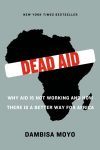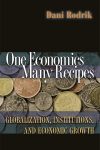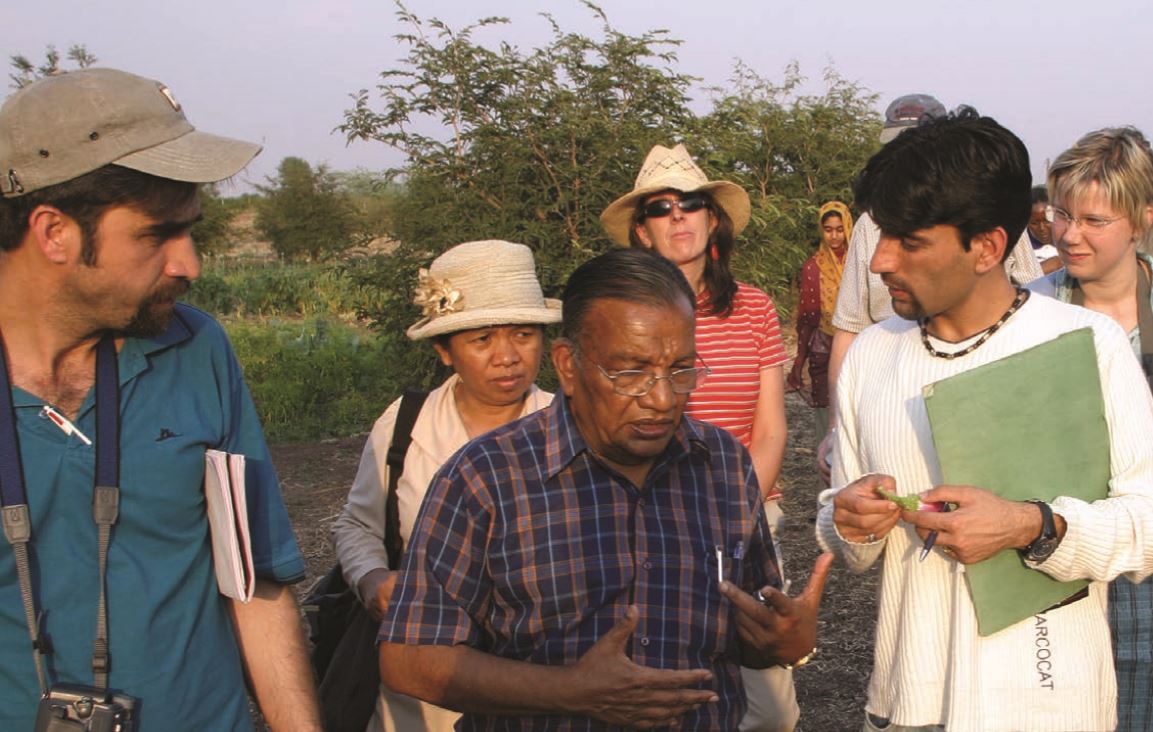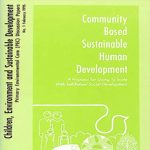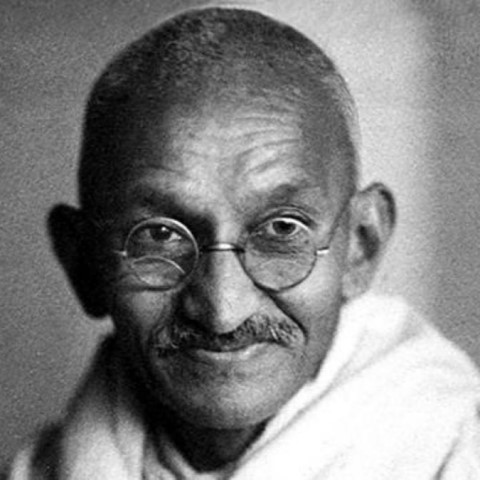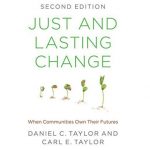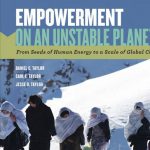William Easterly, The White Man’s Burden: Why the West’s Efforts To Aid the Rest Have Done So Much Ill and So Little Good (New York: Penguin Press, 2006)
From Chapter One (pages4 – 6)
“This is the tragedy in which the West spent $2.3 trillion on foreign aid over the last five decades and still has not managed to get twelve-cent medicines to children to prevent half of all malaria deaths. The West spent $2.3 trillion and still had not managed to get four-dollar bed nets to poor families. The West spent $2.3 trillion and still had not managed to get three dollars to each new mother to prevent five million child deaths….
“The short answer on why poor children don’t get twelve-cent medicines, while healthy children do get Harry Potter, is that twelve-cent medicines are supplied by Planners while Harry Potter is supplied by Searchers….The mentality of Searchers in markets is a guide to a constructive approach to foreign aid.
In foreign aid, Planners announce good intentions but don’t motivate anyone to carry them out; Searchers find things that work and get some reward. Planners raise expectations but take no responsibility for meeting them; Searchers accept responsibility for their actions. Planners determine what to supply; Searchers find out what is in demand. Planners apply global blueprints; Searchers adapt to local conditions. Planners at the top lack knowledge of the bottom; Searchers find out what the reality is at the bottom….
A Planner thinks he already knows the answers; he thinks of poverty as a technical engineering problem that his answers will solve. A Searcher admits he doesn’t know the answers in advance; he believes that poverty is a complicated tangle of political, social, historical, institutional, and technological factors. A Searcher hopes to find answers to individual problems only by trial and error experimentation. A Planner believers outsiders know enough to impose solutions. A Searcher believes only insiders have enough knowledge to find solutions, and that most solutions must be homegrown.
Columbia University professor and director of the United Nations Millennium Project Jeffrey Sachs is an eloquent and compassionate man. I am always moved when I listen to him speak. Unfortunately, his intellectual solutions are less convincing. Professor Sachs offers a Big Plan to end world poverty, with solutions ranging from nitrogen-fixing leguminous trees to replenish soil fertility, to antiretroviral therapy for AIDS, to specially programmed cell phone to provide real-time data to health planners….”
From page 27& 28
“The world’s poor do not have to wait passively for the West to save them (and they are not so waiting). The poor are their own best Searchers. While Western Planners were discussing whether to increase foreign aid by $50 billion for all poor countries, the citizens of just two large poor countries—India and China—were generating an increase of income for themselves of $715 billion every year. The Gang of Four—Hong Kong, Korea, Singapore, and Taiwan—went from third world to first over the last four decades. China, India, and the Gang of Four did this through the efforts of many decentralized agents participating in markets (the ideal vehicle for feedback and accountability.)…
Poor people have already accomplished far more for themselves than the Planners have accomplished for them…. Although the West could help alleviate more of the poor’s sufferings if it relied more on Searchers in aid agencies and those on the ground, the West cannot transform the Rest…. The main hoe for the poor is for them to be their own Searchers, borrowing idea and technology from the West when it suits them to do so.”



